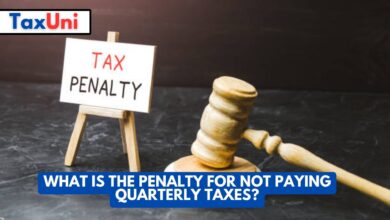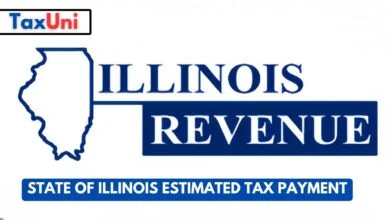What’s the Tax Structure of PLCs?
In this article, we will delve into the various aspects of the tax structure for PLCs, including corporation tax rates, compliance requirements, and additional taxes that may apply to these entities.

Understanding the tax structure of Public Limited Companies (PLCs) is crucial for anyone involved in business management, investment, or corporate governance. A PLC is a specific type of company that can offer its shares to the public and is typically listed on a stock exchange, which subjects it to a more rigorous regulatory framework compared to private limited companies. The tax obligations of PLCs are primarily governed by corporation tax, which is levied on the profits generated by the company.
Overview of Tax Obligations for PLCs
Public Limited Companies in the UK are required to pay several types of taxes, with Corporation Tax being the most significant. This tax is imposed on the profits of the company after allowable expenses have been deducted. As of April 2024, the standard Corporation Tax rate stands at 25% for profits exceeding £250,000. For companies with profits up to £50,000, a lower rate of 19% applies. Companies with profits between these thresholds may benefit from Marginal Relief, which gradually reduces the effective tax rate as profits increase.
In addition to Corporation Tax, PLCs must also comply with various reporting and administrative requirements due to their public status. This includes filing annual financial statements with Companies House and making these documents available for public scrutiny. The transparency required from PLCs aims to protect shareholders and potential investors by ensuring they have access to relevant financial information before making investment decisions.

Compliance and Reporting
PLCs are subject to stricter compliance regulations compared to private companies. They must hold an Annual General Meeting (AGM) where shareholders can discuss company performance and future strategies. Furthermore, PLCs must appoint at least two directors and often require a qualified company secretary to oversee compliance matters[2].
The financial reporting for PLCs must adhere to International Financial Reporting Standards (IFRS) or UK Generally Accepted Accounting Principles (GAAP), depending on their listing requirements. This ensures that their financial statements reflect a true and fair view of their financial position.
Additional Taxes
Beyond Corporation Tax, PLCs may encounter other tax obligations:
- Value Added Tax (VAT): If a PLC’s taxable turnover exceeds £85,000 annually, it must register for VAT and charge this tax on its sales. VAT returns are typically submitted quarterly or annually depending on the company’s preference.
- Employer National Insurance Contributions: If a PLC employs staff, it is responsible for paying National Insurance contributions based on employee earnings.
- Business Rates: If a PLC owns or occupies commercial property, it may be liable for business rates which are assessed based on property value.
- Capital Gains Tax: If a PLC sells assets for more than their purchase price, it may incur capital gains tax on the profit realized from such sales.
Conclusion
The tax structure of Public Limited Companies is multifaceted and involves compliance with various regulations designed to ensure transparency and accountability. Understanding these obligations is essential for effective corporate governance and can significantly impact a company’s financial health. By adhering to these tax requirements and maintaining robust financial practices, PLCs can not only meet their legal obligations but also enhance their reputation among investors and stakeholders.





